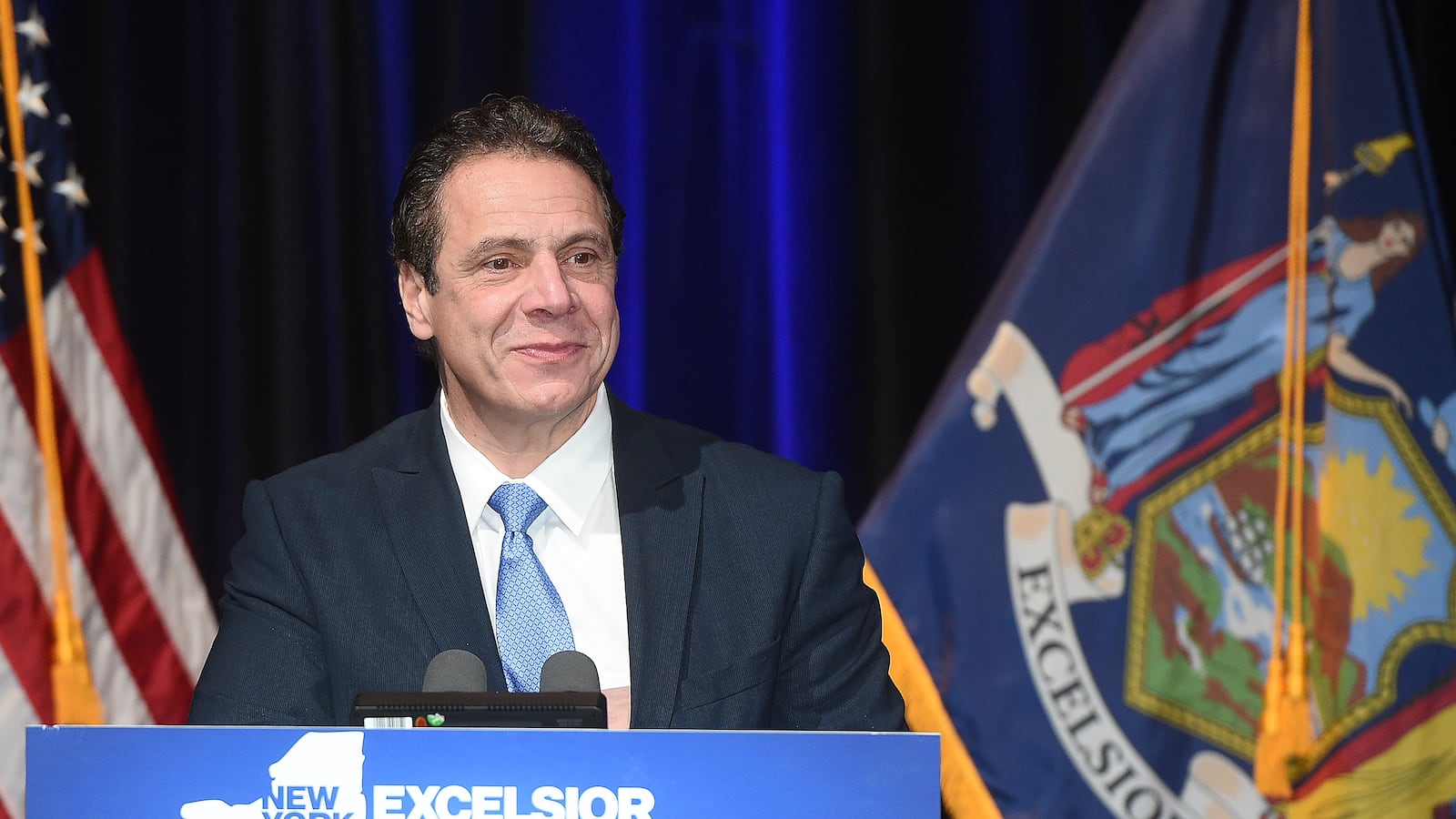With thousands of college students about to finish their first semester under New York State’s Excelsior Scholarship Program, advocates, critics and researchers will be looking closely at one crucial question: How did they do?
The new scholarship — which provides free college tuition at state public schools to students whose families make less than $100,000 a year — is the first program in the nation in which a state offers free tuition at four-year colleges. But the program has also been criticized for its many restrictions, including strict credit requirements and an obligation to live and work in the state after graduation.
One early sign of the program’s effectiveness will be whether students can keep up with their classwork. The scholarship banks on the idea that students will not fall behind over the course of a year. The penalty for failing to complete the required credits by year’s end are substantial: Students must pay back a semester’s tuition and forfeit future funds.
Tracking the number of scholarship students who fail to complete courses in this first semester of the program will provide one indication of how many students may struggle to meet the requirements, experts said.
“In the next two to three years, once there’s a lot of numerical data, we’re all going to have a much better sense of how this program is faring and what specific issues may arise that need to be ironed out,” said Arthur Ramsay, spokesman for the SUNY Student Assembly, which represents students throughout the State University of New York.
The state intends to expand the income eligibility for the program by 2019 to include families who make $125,000 or less a year.
When Gov. Andrew Cuomo first announced the scholarship last spring, critics jumped on the requirement that students complete 30 credits a year — the average course load required to graduate on-time — since many students struggle to finish in two or four years. But Cuomo argued that it will encourage more students to graduate faster, and that dragging out college makes it less likely students will ever complete a degree.
Eric Neutuch, a doctoral candidate at Northeastern who is studying financial aid, said that he could potentially see the credit requirement having both positive and negative effects. It is possible more students will sign up for extra credits in order to keep their scholarship, but losing a scholarship may throw off students who otherwise would have graduated, he said.
“There is potential that students will lose Excelsior, not regain it, owe money back to their college and throw their hands up and say, ‘I’m done with college,’” Neutuch said. More scrutiny is necessary to figure out what the result will be, he said.
The scholarship’s rules leave some wiggle room, but not a lot. If students fall behind, they can attempt to make up a class the next semester. Students are also allowed to count summer classes, though they are only eligible for the scholarship during the school year. Some students may also be granted hardship waivers for the death of a family member, health problems, or parental leave.
But the credit requirement may be particularly onerous for students not quite ready for college-level work. They must take a full course-load in addition to any remedial classes, which may be required for students in associate’s degree programs. Only 46 percent of New York City students meet the benchmark to avoid remedial classes at the City University of New York.
If history is any indication, college students from New York City will struggle with this set of rules. According to a CUNY report, only about 32 percent of students pursuing bachelor’s degrees completed 30 credits in 2014. (CUNY is now using a separate metric focused on freshman to track credit accumulation.) In associate degree programs, less than 10 percent of entering freshman in 2015 finished 30 credits in their first year.
State officials argue part of the scholarship’s goal is to improve that metric.
“The Excelsior Scholarship is designed to help as many students as possible attend college tuition-free while boosting on-time completion and reducing student debt,” said Elizabeth Bibi, a spokesperson from the governor’s office. “Most importantly, in its first year alone, the scholarship is already helping thousands of New Yorkers attend college with zero tuition-costs—something to be celebrated.”
But for many students, taking 30 credits each year is simply not possible, said Stephanie Fiorelli, the postsecondary success manager at Urban Assembly, which supports 21 small public schools in New York City. She said many students who graduated from Urban Assembly schools are working between 15 and 20 hours a week on top of attending school. They have family obligations, run into problems paying for transportation, and struggle with a myriad of obstacles out of their control.
“These kids want to be in school full-time.” she said. “It’s not feasible at all.”
Other complications could play into students’ ability to reach the 30-credit requirement. Natan Nassir, a sophomore at Binghamton University, started his year with the state’s Excelsior scholarship, but ran into trouble when he decided to switch majors.
For his new major, he was encouraged, but not technically required, to take a computer science course. However, since he does not need that class in order to graduate, it does not count towards his 30 required credits, he said. (State officials said that all credits must count towards a student graduating and getting a degree.)
He will be one class shy of what he needs (even though he is taking a full course load) and he plans to attend summer school to make up the extra class.
“I was very surprised, honestly, when she told me about this requirement,” Nassir said, “I had no idea that it existed. I kind of thought, ‘Well now what?’”

